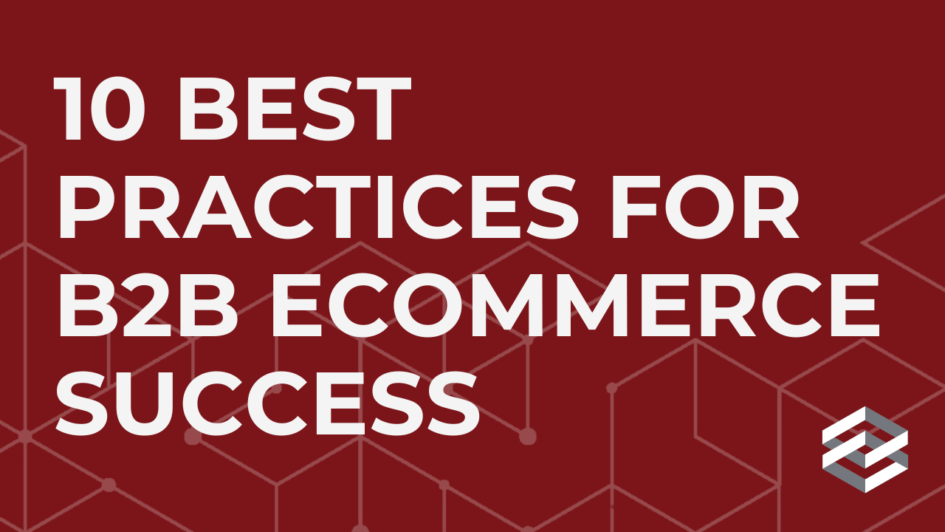The global B2B eCommerce market is currently estimated to be over 5 times that of the B2C market, and it is projected to continue to grow. It’s no surprise that many B2B companies are expanding their operations to cater to digitally savvy B2B buyers. If you are just starting to manage a B2B eCommerce operation, or if you have been at it for a while, we’ve compiled a list of 10 best practices you should be following to ensure B2B eCommerce success:
1. Understand Your Audience
Know your B2B customers inside and out. Understand their pain points, purchasing behaviors, and preferences. Tailor your eCommerce experience to address their specific needs, such as bulk ordering, negotiated pricing, and personalized catalogs.
2. Provide Detailed Product Information
B2B buyers often require comprehensive product information to make informed decisions. Ensure your product listings include detailed descriptions, specifications, images, and any other relevant details that help buyers understand the value proposition of your offerings.
3. Streamline the Buying Process
Simplify the purchasing process as much as possible. Implement features like quick reorder options, saved shopping carts, and one-click checkout to streamline the buying journey and reduce friction for customers.

4. Leverage Search
A powerful search feature improves the discoverability of products, enhances the user experience, and increases the likelihood of conversion. Regularly analyze search queries and user behavior to optimize search results and refine the search algorithm for better accuracy and relevance.
5. Offer Flexible Pricing and Payment Options
B2B transactions may involve negotiated pricing agreements and varied payment terms. Provide flexibility in pricing structures and payment options to accommodate different customer requirements, such as credit terms, purchase orders, and invoicing.
6. Use a Customer Relationship Management (CRM) System
Put in place a CRM system to manage customer interactions, track sales opportunities, and nurture client relationships. Integrate your CRM with your eCommerce platform to provide a seamless experience across all touchpoints.
7. Implement Personalization Strategies
Leverage data analytics and customer insights to deliver personalized experiences for B2B buyers. Offer product recommendations, targeted promotions, and customized pricing based on past purchases, preferences, and browsing behavior.

8. Prioritize Mobile Optimization
Ensure your eCommerce platform is optimized for mobile devices. Many B2B buyers research and place orders using smartphones and tablets, so it’s essential to provide a mobile-friendly experience that is intuitive and easy to navigate.
9. Focus on Customer Support and Service
Provide exceptional customer support to address inquiries, resolve issues, and assist with order management. Offer multiple support channels such as live chat, email, and phone support to cater to different customer preferences.
10. Implement a 24/7 Self-Serve Portal
Provide B2B customers with self-service portals where they can access account information, view order history, track shipments, and manage their preferences independently. Empowering customers with self-service capabilities enhances efficiency, reduces the workload on your customer support team, and improves overall satisfaction.
By following these best practices, B2B eCommerce managers can create a compelling online experience that meets the unique needs of their business customers and drives growth and success in the digital marketplace.
If you need help implementing a new eCommerce experience that follows these best practices and goes even further, contact us! We’d love to help.

